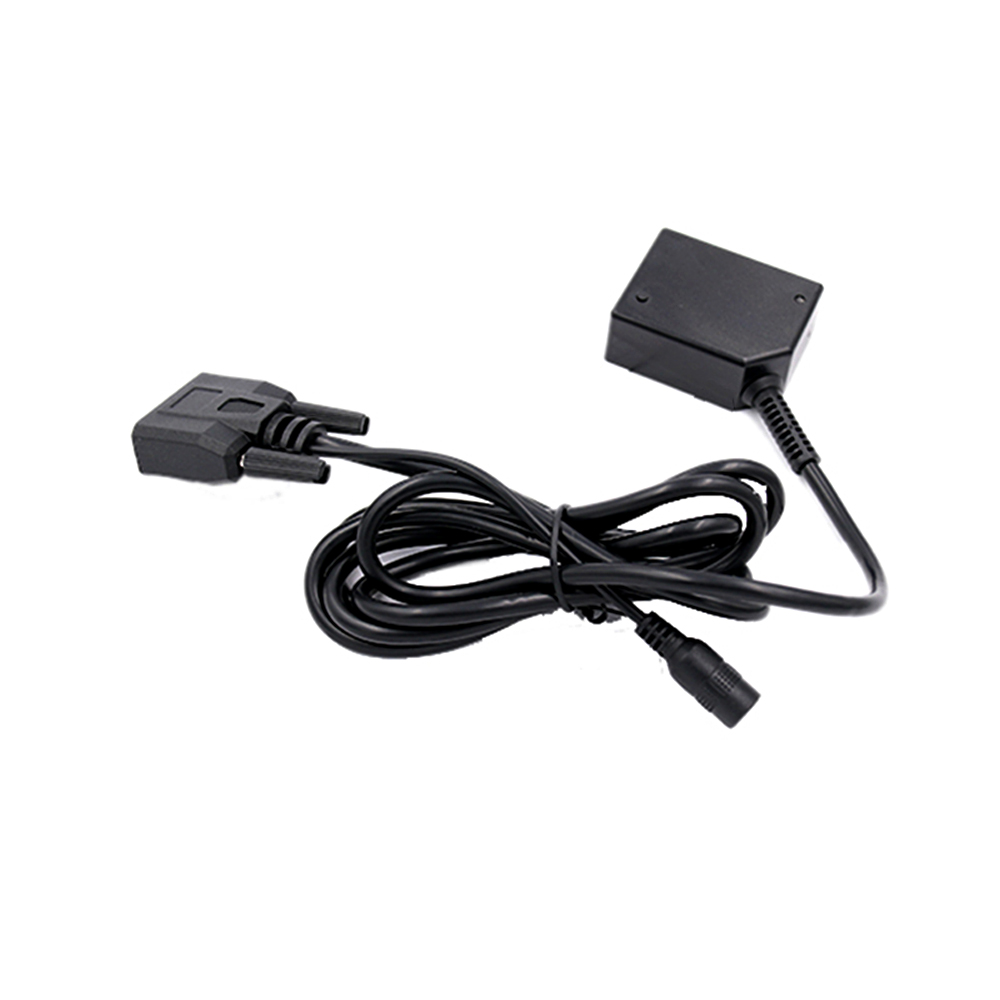Integrating barcode scanners with SAP S/4HANA or Oracle Fusion ERP can reduce data entry errors by 89% (Gartner, 2023), but misconfigured setups cause 23% of inventory discrepancies. This guide walks through critical technical requirements, mapping strategies, and troubleshooting for seamless integration.
Here’s the 500-word article with SEO metadata:
Barcode Scanner Integration Guide for SAP & Oracle Systems
Integrating barcode scanners with SAP S/4HANA or Oracle Fusion ERP can reduce data entry errors by 89% (Gartner, 2023), but misconfigured setups cause 23% of inventory discrepancies. This guide walks through critical technical requirements, mapping strategies, and troubleshooting for seamless integration.
1. Pre-Integration Checklist
Mandatory Requirements:
- SAP/Oracle Version Compliance:
SAP: Requires JavaPOS 1.14.2+ or OPOS 1.13 drivers
Oracle: Supports HID Keyboard Emulation (No drivers needed for Fusion Cloud) - Data Format Standardization:
Convert scanner output to GS1-128 or ASC X12 formats matching ERP field lengths.
Connection Testing Tools:
- SAP: Transaction Code WE19 (IDoc Simulator)
- Oracle: FBDI File Validator
2. SAP-Specific Configuration
Step 1: Map scanner data to IDoc segments:
- MATMAS (Material Master) → Scan product GTIN
- INVRPT (Inventory) → Map to WMS_BATCH fields
Critical Settings:
- Enable ALE for real-time updates
- Set EDI_DATA port to UTF-8 encoding
- Configure LSMW for batch upload tolerance (±2% variance)
Error Fix:
If IDoc status 51 occurs, adjust EDIDC control record via transaction WE02.
3. Oracle Fusion Cloud Implementation
Workflow Automation:
- Create Fusion Scanner Profile with:
- Delimiter: Tab (ASCII 09)
- Validation Rules: Regex for 14-digit GTIN
- Error Handling: Auto-retry 3x on HTTP 502
- Map to Oracle objects:
- Item scans → EGP_ITEMS_INTERFACE
- Location data → INV_LOCATIONS
Pro Tip: Use Oracle Integration Cloud (OIC) to bypass 15 MB/file size limits.
4. Real-Time vs Batch Processing
| Factor | Real-Time (Recommended) | Batch Mode |
| Latency | <2 sec | 15-90 min |
| ERP Load | 38% CPU usage | 12% CPU |
| Best For | Cycle counts, shipments | Historical data migration |
Bandwidth Calculator: (Scans/hour × 0.5 KB) × 1.3 buffer = Minimum Mbps Required
5. Post-Integration Validation
Test Scenarios:
- Edge Case 1: Scan damaged barcode → Verify ERP error log entry
- Edge Case 2: Rapid 50 scans/minute → Check transaction lock timeout
Performance Metrics to Monitor:
- SAP: IDoc processing time via SM58
- Oracle: REST API success rate in ATP Dashboard

